Northern Lights (Aurora Borealis) Travel Guide in 2023
Table of Contents
Toggle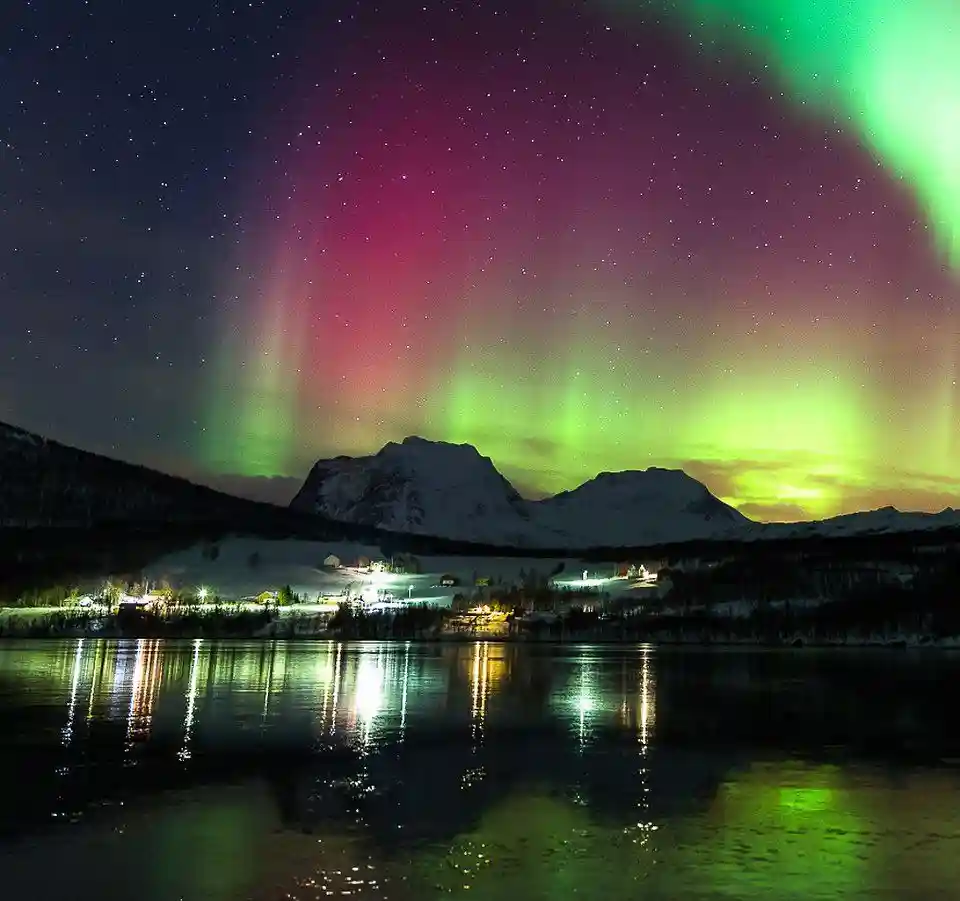
Imagine yourself standing on a snow-covered landscape, wrapped in layers of warm clothing, your breath visible in the crisp air. Above you, the night sky is ablaze with a mesmerizing display of colors, as if someone has spilled buckets of neon paint across the heavens. The ethereal dance of the Northern Lights, also known as the Aurora Borealis, unfolds before your eyes, leaving you in awe of the natural world’s artistic prowess.
I recall my own encounter with the Northern Lights vividly. It was a chilly winter night in Finland, far away from the hustle and bustle of city life. I stood on a frozen lake, surrounded by snow-capped trees, my gaze fixed on the dark expanse above. Suddenly, streaks of vibrant green began to shimmer and curl, as if painted by an invisible brush. It was a sight so breathtaking that time seemed to stand still, and for a fleeting moment, I felt a profound connection to the universe.
The Northern Lights have captivated humans for centuries, stirring our imagination and evoking a sense of wonder. They have inspired legends, folklore, and countless tales of magic and enchantment. Each display is unique, with colors ranging from emerald green to fiery red, and patterns that undulate and transform like celestial ribbons.
In this Northern Lights travel guide for 2023, we invite you to embark on a journey into the heart of this ethereal phenomenon. Whether you are a seasoned traveler or a dreamer planning your first adventure, this guide will equip you with essential knowledge and insider tips to make your Northern Lights experience truly unforgettable.
Join us as we navigate the less traveled paths, revealing the best destinations, optimal viewing times, and the secrets to capturing the Northern Lights’ elusive beauty through your camera’s lens. Discover the rich cultural heritage of the regions where the lights dance, and immerse yourself in the winter wonderland that accompanies this celestial spectacle.
Why Experience the Northern Lights
The Northern Lights, also known as the Aurora Borealis, are not just a simple light show in the sky. They are a mesmerizing natural phenomenon that holds a deep fascination for people around the world. Here are some compelling reasons why you should make it a priority to experience the Northern Lights:
- Natural Beauty: The Northern Lights are a breathtaking display of nature’s artistic prowess. Witnessing the vibrant colors and intricate patterns dancing across the night sky is a visual spectacle unlike any other. It’s a rare opportunity to witness the beauty of our planet and the universe coming together in a harmonious display of light and motion.
- Unique and Unforgettable: The Northern Lights offer a unique and unforgettable experience that stays with you long after you’ve seen them. It’s a moment that etches itself into your memory, leaving an indelible mark. The combination of the dark night sky, the celestial dance of colors, and the silence of the remote locations create an otherworldly ambiance that is hard to replicate elsewhere.
- Connection to Nature: The Northern Lights have a profound effect on our connection to the natural world. Standing beneath their luminous glow, you can’t help but feel a sense of awe and wonder. It’s a reminder of the vastness and beauty of the universe we are part of. The experience can be both humbling and spiritually uplifting, fostering a deeper appreciation for the wonders of our planet.
- Cultural Significance: The Northern Lights hold cultural significance for many indigenous communities residing in the regions where they are visible. These communities have rich folklore and stories associated with the lights, often considering them sacred or spiritual phenomena. Experiencing the Northern Lights allows you to engage with these cultural narratives, gaining a deeper understanding of the local heritage and traditions.
- Personal Growth and Reflection: Being in the presence of the Northern Lights provides a chance for personal reflection and introspection. The serene environment and the awe-inspiring display inspire contemplation and can be a catalyst for personal growth. Many individuals report feeling a sense of peace, clarity, and a renewed perspective on life after witnessing the Northern Lights.
- Adventure and Exploration: The quest to witness the Northern Lights takes you on an adventure to some of the world’s most breathtaking and remote parts. Whether it’s traversing frozen landscapes, dog sledding through snow-covered forests, or staying in cozy wilderness lodges, the journey to see the lights is an adventure in itself. It allows you to explore new cultures, engage in exciting activities, and create lifelong memories.
The Northern Lights offer a profound and awe-inspiring experience that goes beyond just being a beautiful natural phenomenon. It’s an opportunity to connect with nature, explore new horizons, and cultivate a deeper appreciation for the wonders of our world. So, make it a priority to experience the Northern Lights and let yourself be enchanted by their magic.
The Best Destinations for Northern Lights Viewing:
| Destination | Country |
| Iceland | Iceland |
| Norway | Norway |
| Finland | Finland |
| Sweden | Sweden |
| Alaska | United States |
| Greenland | Greenland |
| Canada | Canada |
| Fairbanks | United States |
| Scotland | Scotland |
| Reykjavík | Iceland |
| Tromsø | Norway |
| Russia | Russia |
| Svalbard | Svalbard |
| Lapland | Lapland |
| Yellowknife | Canada |
| Yukon | Canada |
| Rovaniemi | Finland |
| Abisko | Sweden |
| Tromsø | Norway |
| Europe | Europe |
| Denmark | Denmark |
| Kakslauttanen Arctic Resort East Village | Finland |
| Churchill | Canada |
| Ilulissat | Greenland |
These destinations offer excellent opportunities to witness the mesmerizing Northern Lights. Each location has its own unique charm, cultural experiences, and natural landscapes, providing you with a variety of choices for your Northern Lights adventure.
The Science Behind the Northern Lights
The Northern Lights, scientifically known as the Aurora Borealis, is a stunning natural phenomenon that occurs in the polar regions of the Earth. To understand the science behind the Northern Lights, we need to explore the interaction between the Earth’s magnetic field, solar wind, and atmospheric gases.
- Solar Wind: The process begins with the Sun, where highly energized particles, mainly electrons and protons, are constantly being ejected into space. This stream of charged particles, known as the solar wind, travels toward the Earth at high speeds.
- Earth’s Magnetic Field: As the solar wind reaches the Earth, it encounters our planet’s magnetic field, which acts as a protective shield. The Earth’s magnetic field is generated by the motion of molten iron in the outer core, creating a complex and dynamic magnetic field around the planet.
- Magnetosphere: The Earth’s magnetic field deflects the solar wind particles, causing them to flow around the planet. This creates a region called the magnetosphere, which extends into space on the side facing the Sun and is elongated on the opposite side.
- Magnetospheric Substorms: Within the magnetosphere, a complex series of interactions occur, resulting in what is known as magnetospheric substorms. These substorms are triggered by disturbances in the solar wind, such as increases in its speed or changes in its magnetic field.
- Entry of Charged Particles: During a magnetospheric substorm, the disturbance in the solar wind causes the magnetosphere to compress and then release, leading to the entry of charged particles into the Earth’s upper atmosphere.
- Ionization and Excitation: When the charged particles, primarily electrons and protons, enter the Earth’s atmosphere, they collide with atmospheric gases, predominantly oxygen and nitrogen. These collisions cause the atoms and molecules in the atmosphere to become ionized and excited.
- Light Emission: As the ionized and excited atoms and molecules return to their stable states, they release the excess energy in the form of light. The specific colors observed in the Northern Lights depend on the type of gas involved and the altitude at which the emissions occur. Oxygen emits predominantly green and red light, while nitrogen emits blue and purple light.
- Magnetic Field Lines: The emitted light follows the magnetic field lines of the Earth, which are not parallel to the surface but instead curve towards the poles. This is why the Northern Lights are predominantly seen in the polar regions.
The intensity and appearance of the Northern Lights can vary depending on several factors, including the strength of the solar wind, the density of the charged particles, and the altitude at which the emissions occur. This is why the Northern Lights can display a wide range of colors, shapes, and patterns, creating a mesmerizing spectacle in the night sky.
When to go
Determining the best time to go for Northern Lights viewing depends on several factors, including the destination and the optimal viewing conditions. Here are some general guidelines:
- Winter Months: The Northern Lights are most visible during the winter months when the nights are long and dark. Typically, the best time to go is from late September to early April in the Northern Hemisphere and from late March to early September in the Southern Hemisphere.
- Equinox Periods: The equinox periods, which occur around March 20th and September 22nd, are known to have increased geomagnetic activity, making them favorable for Northern Lights sightings.
- Solar Activity: Solar activity plays a crucial role in the visibility of the Northern Lights. During periods of high solar activity, known as solar maximums, the chances of seeing intense displays of the lights are greater. Solar maximums occur in approximately 11-year cycles, with the next peak predicted to happen around 2024-2025.
- Weather Conditions: Clear skies are essential for optimal Northern Lights viewing. Check the weather forecasts of your chosen destination and aim for nights with little to no cloud cover. Avoid areas with heavy precipitation, as it can obstruct visibility.
- Location-Specific Considerations: Different destinations have specific peak viewing times due to their geographical location. For example, in northern Norway, the Northern Lights are visible from late September to mid-April, while in Iceland, the prime months are from September to mid-April as well.
- Light Pollution: Choose destinations away from urban areas and light pollution for the best viewing experience. Remote locations and dark sky reserves provide ideal conditions for observing the Northern Lights.
It’s important to note that the Northern Lights are a natural phenomenon, and their appearance can never be guaranteed. However, following these general guidelines and being patient will increase your chances of witnessing this awe-inspiring spectacle. Consult local resources, such as Northern Lights forecast websites or tour operators, for real-time information and updates on the best times to go for Northern Lights viewing in your specific destination.
Also, if you are looking best hotels and Homestay deals then we recommended book your hotels and homestay with priceline.com
Planning Your Northern Lights Adventure (How to Plan)
Embarking on a Northern Lights trip requires careful planning to maximize your chances of witnessing this natural phenomenon. Here is a step-by-step guide to help you plan a successful Northern Lights adventure:
- Choose the Destination: Research and select a destination known for its Northern Lights visibility, such as Iceland, Norway, Finland, Sweden, Alaska, or Canada. Consider factors like accessibility, climate, and the overall experience each destination offers.
- Determine the Best Time to Visit: Consult local resources, Northern Lights forecast websites, and scientific data to determine the best time to visit your chosen destination. As mentioned earlier, the winter months from late September to early April generally offer the best conditions for viewing the lights. Take into account the specific peak viewing times for your destination.
- Optimal Viewing Conditions: Learn about the factors that influence Northern Lights visibility, such as solar activity, geomagnetic conditions, and weather. Keep an eye on solar activity forecasts and choose nights with high auroral activity predictions. Check local weather forecasts and aim for clear skies and minimal light pollution.
- Research Accommodations and Flights: Look for accommodations located away from light pollution, such as remote lodges or countryside resorts. Research lodging options that offer Northern Lights wake-up calls or on-site aurora observation facilities. When it comes to flights, be flexible with your travel dates and consider nearby airports for more affordable options.
- Consider Guided Tours: Consider joining a guided Northern Lights tour led by local experts. They have in-depth knowledge of the best viewing spots, can navigate changing weather conditions, and provide insights into the phenomenon. Research reputable tour operators and read reviews to find the most suitable option for your needs and budget.
- Pack the Essentials: Pack warm clothing, including thermal layers, a waterproof jacket, gloves, hats, and insulated boots. Additionally, bring a tripod and a camera capable of long-exposure photography to capture the Northern Lights. Don’t forget extra batteries, memory cards, and a remote shutter release.
- Learn about Local Culture and Activities: Immerse yourself in the local culture and explore other attractions and activities available in the destination. Research traditional festivals, winter sports, local cuisine, and cultural experiences to enhance your overall Northern Lights adventure.
- Be Patient and Flexible: Keep in mind that the Northern Lights are a natural phenomenon, and their appearance can be unpredictable. Be prepared to spend multiple nights in your chosen destination, as the lights may not show every evening. Stay patient, be flexible with your schedule, and enjoy the journey regardless of the light’s visibility.
By following these steps, you’ll be well-prepared to plan a successful Northern Lights adventure. Remember to research, plan ahead, and embrace the beauty of the destination beyond just the Northern Lights. With a bit of luck and proper preparation, you’ll have an unforgettable experience under the dancing colors of the Aurora Borealis.
Tips for Maximizing Your Northern Lights Experience
Experiencing the Northern Lights is a magical and awe-inspiring event. To make the most of your Northern Lights adventure, consider the following tips:
- Choose the Right Time and Location: Research the best time and location for viewing the Northern Lights. Opt for destinations known for their high Northern Lights visibility, such as Iceland, Norway, Finland, or Alaska. Visit during the winter months when the nights are long and dark, increasing your chances of seeing the lights.
- Check the Weather and Aurora Forecasts: Keep a close eye on the weather forecasts and Aurora Borealis forecasts for your chosen destination. Clear skies are essential for optimal visibility, so plan your trip when the weather conditions are favorable. Websites and mobile apps dedicated to Northern Lights forecasts can provide real-time information on the likelihood of a display.
- Find Dark, Remote Locations: Seek out dark and remote locations away from light pollution. Light pollution can diminish the visibility of the Northern Lights, so choose accommodations or viewing spots that offer minimal light interference. Consider staying in remote lodges or countryside resorts that prioritize dark-sky experiences.
- Be Patient and Allow for Multiple Nights: Seeing the Northern Lights is not guaranteed, as they are a natural phenomenon. Be prepared for the possibility of multiple nights without any activity. Allow enough time in your itinerary to increase your chances of witnessing the lights and be patient. Sometimes, waiting for the lights to appear can be part of the adventure.
- Capture the Moment: Bring a camera with manual settings, a sturdy tripod, and extra batteries. Learn how to photograph the Northern Lights in low-light conditions, including adjusting the exposure, aperture, and ISO settings. Experiment with long-exposure shots to capture the beauty of the lights. Remember to take breaks from photography to fully immerse yourself in the experience.
- Dress Appropriately: Northern Lights viewing often involves spending long periods outdoors in cold temperatures. Dress in warm layers, including thermal clothing, a waterproof jacket, insulated boots, gloves, and a hat. Don’t forget to wear thick socks and consider using hand and foot warmers for added comfort.
- Consider Guided Tours: Joining a guided Northern Lights tour can enhance your experience. Experienced guides know the best viewing spots and can provide valuable insights into the lights. They can also navigate changing weather conditions and increase your chances of seeing the Northern Lights.
- Embrace the Whole Experience: While the Northern Lights are undoubtedly the main attraction, embrace the whole experience of being in a stunning natural environment. Explore the local culture, try traditional cuisine, and engage in winter activities like dog sledding or snowshoeing. Make your trip a well-rounded adventure beyond just chasing the lights.
Remember, the Northern Lights are a natural phenomenon, and their appearance can vary. Keep a positive mindset, enjoy the journey, and appreciate the wonders of nature, even if you don’t see the lights on a particular night. The overall experience of being in a beautiful, remote location can be incredibly rewarding.
Conclusion
The Northern Lights, also known as the Aurora Borealis, offer a captivating and unforgettable experience for travelers seeking to witness the beauty of nature’s light show. From the enchanting dance of colors in the night sky to the sense of wonder and awe it inspires, the Northern Lights have a way of leaving a lasting impression.
In this guide, we have explored various aspects of planning and maximizing your Northern Lights adventure. We discussed the science behind this natural phenomenon, the best destinations for viewing the lights, the optimal time to visit, and how to plan your trip effectively. We also shared tips for capturing the moment through photography, dressing appropriately for the cold conditions, and embracing the entire experience beyond just the Northern Lights.
How much did you like Our detailed Northern Lights (Aurora Borealis) Travel Guide in 2023? Review Also, please share these Blogs with your friends on social media.

Meet David Hoper, a passionate travel Blog writer with 7+ years of experience in travel content. Through his exemplary storytelling and engaging narratives, he shares his experiences and brings destinations to life. With a keen eye for detail and a love for exploration, he has cultivated a diverse portfolio of travel blogs that inspire and inform readers worldwide.
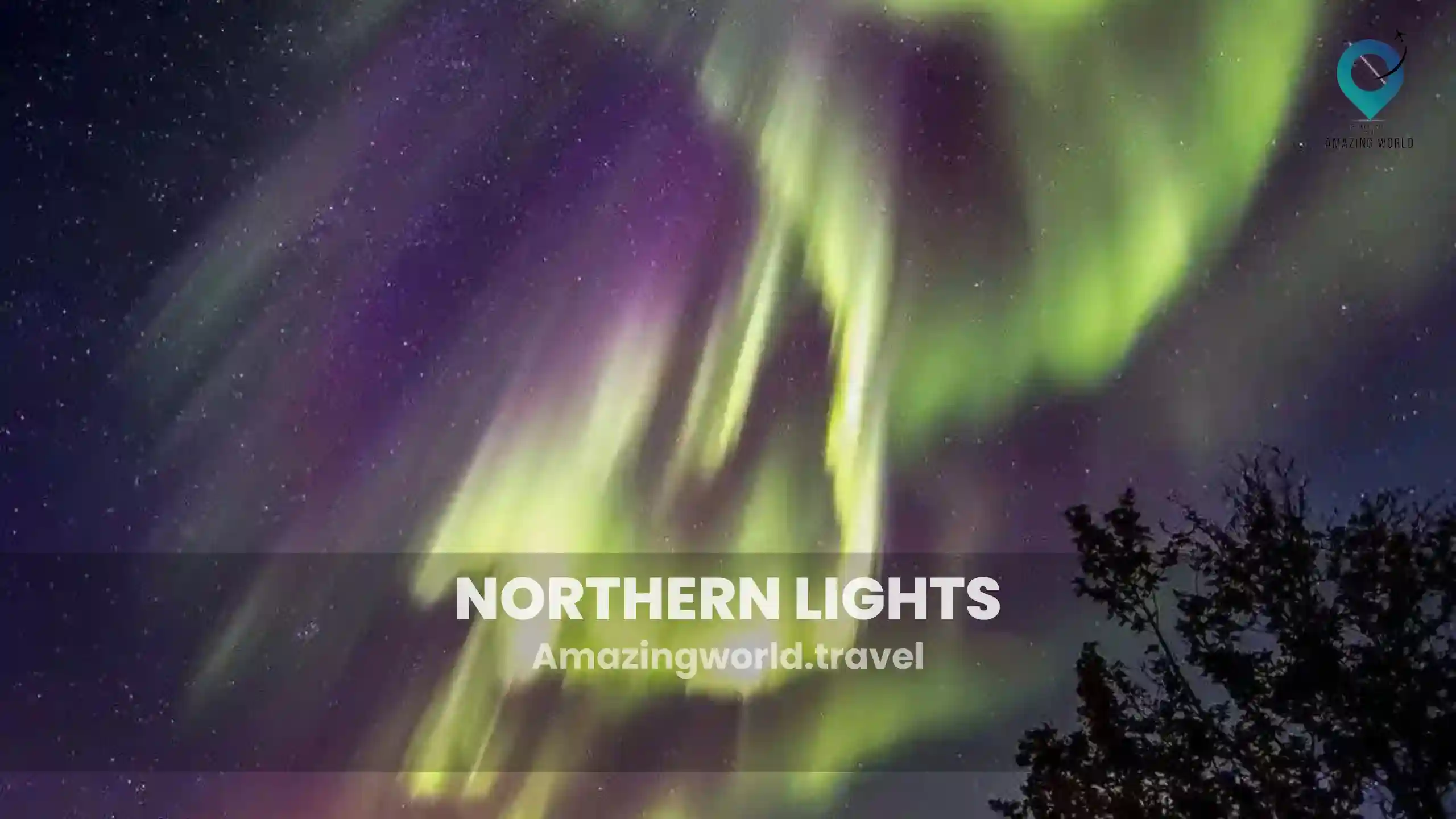

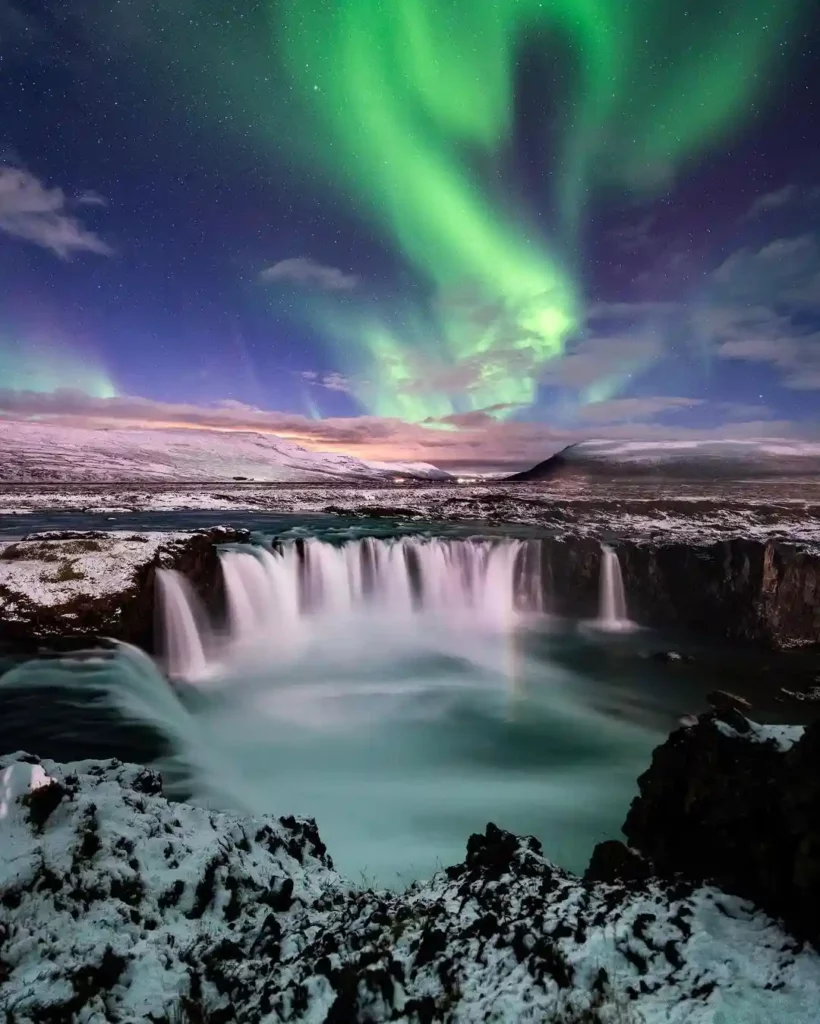
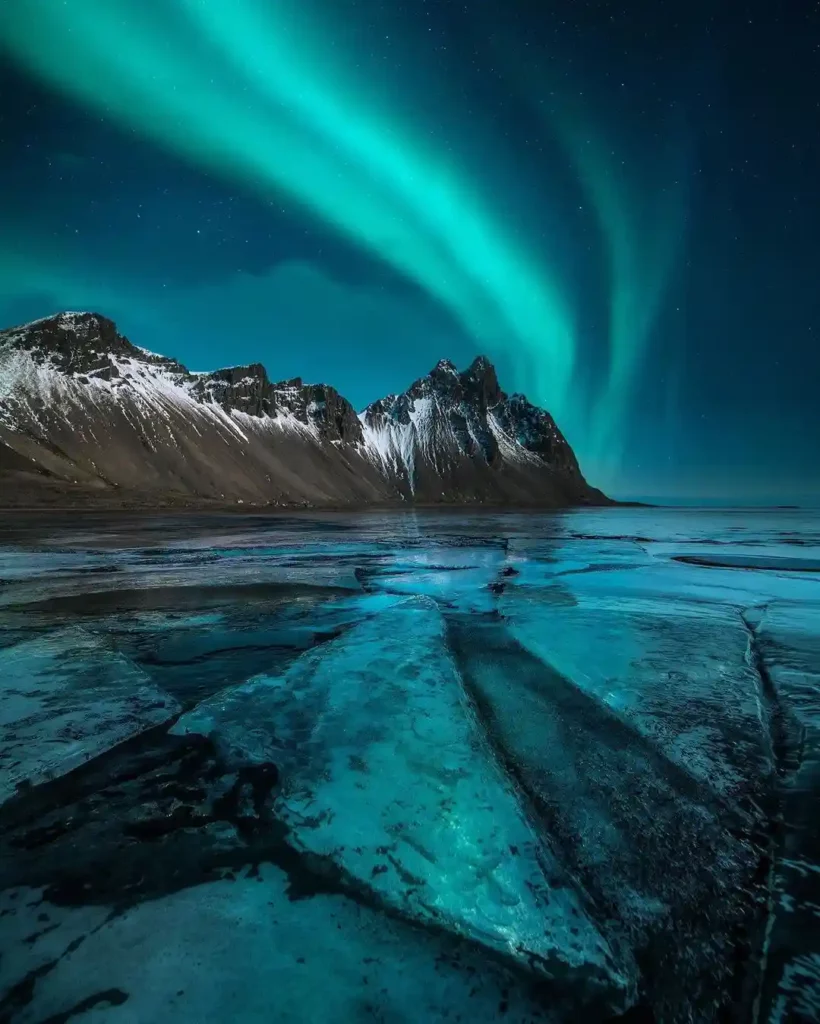
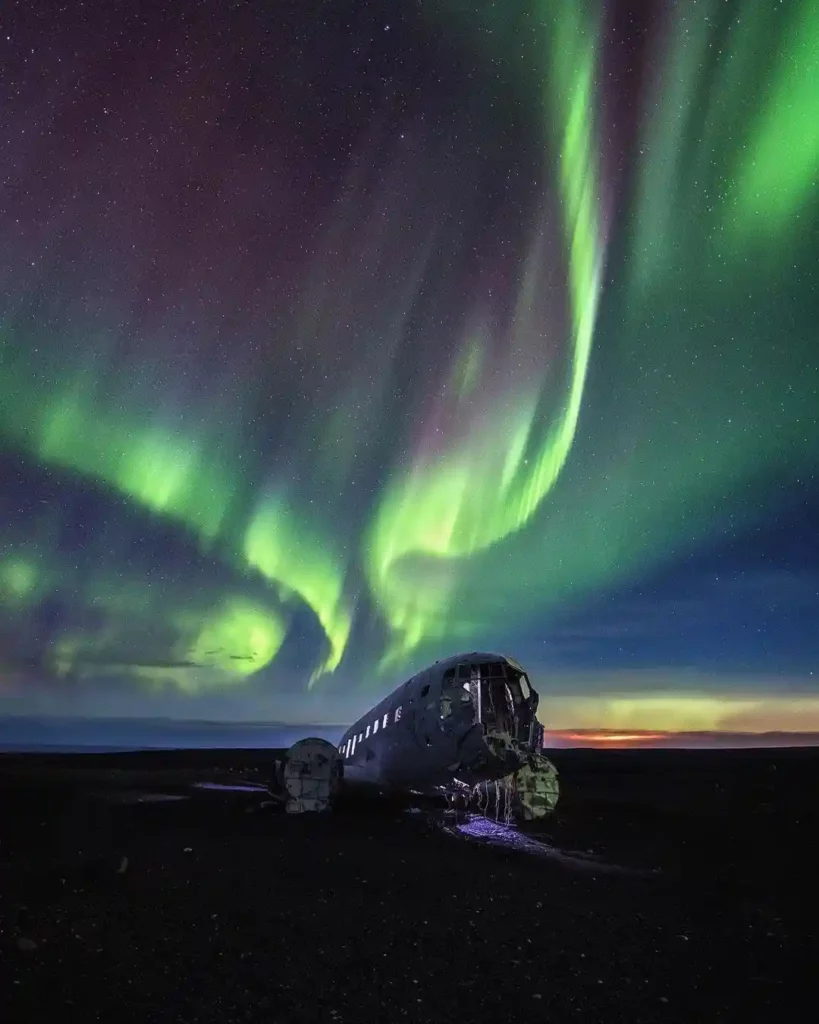
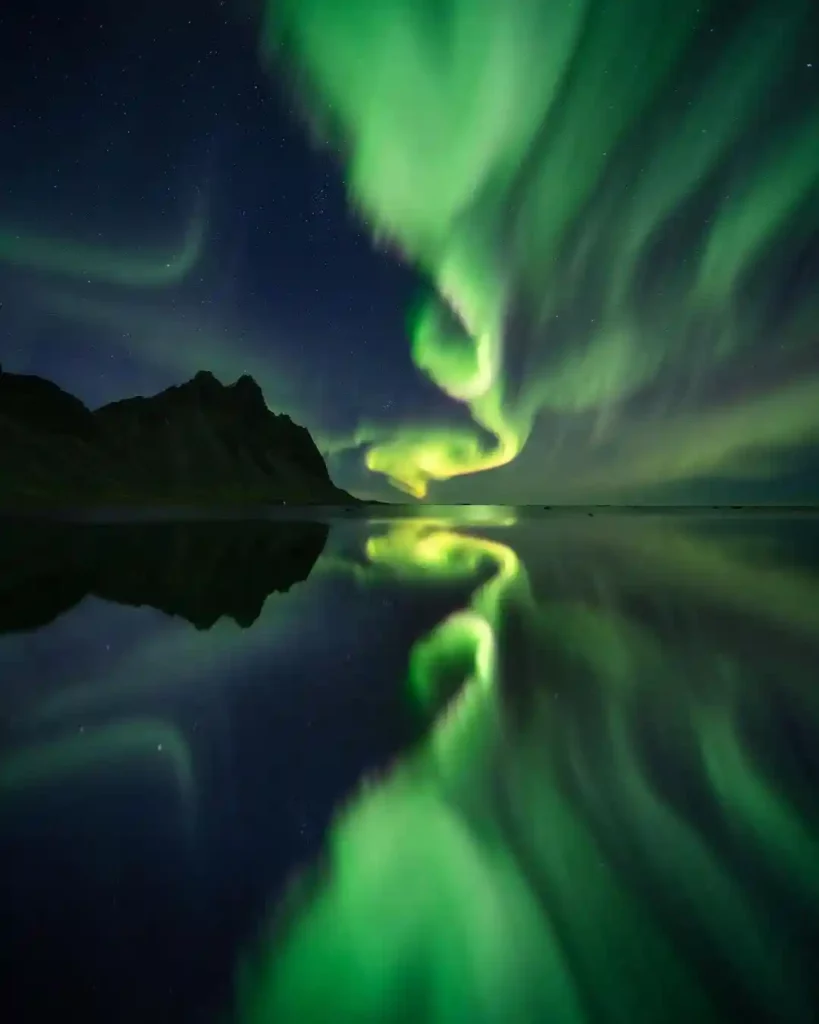


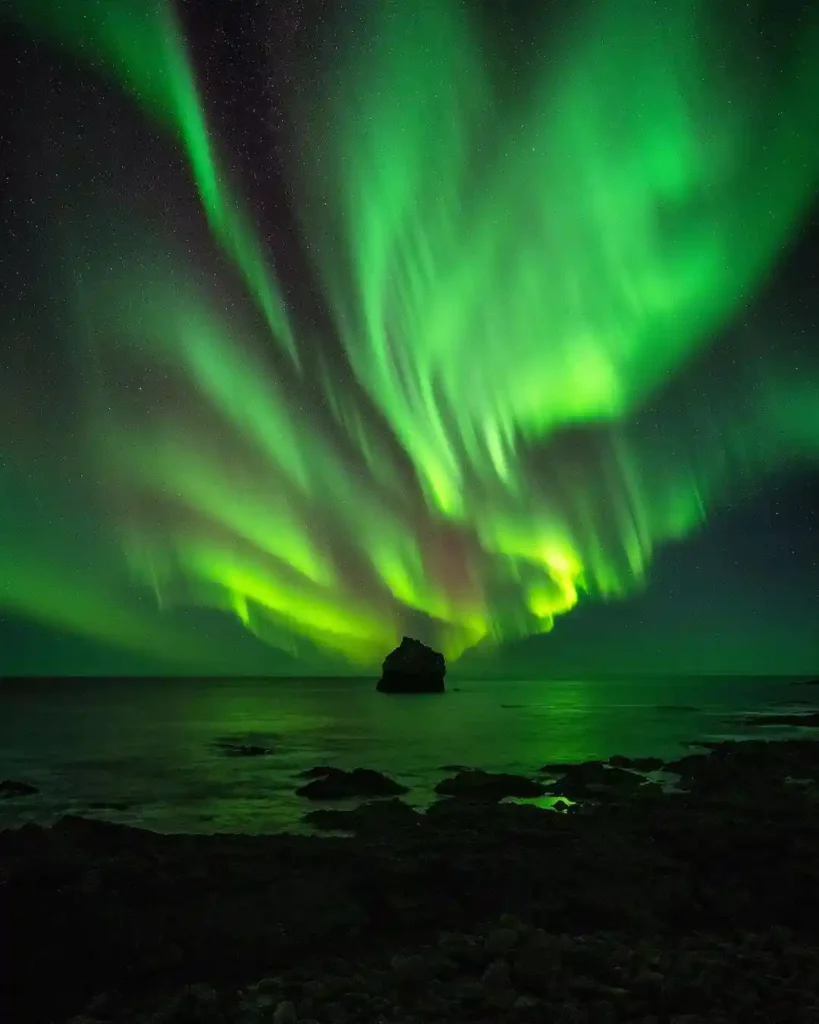
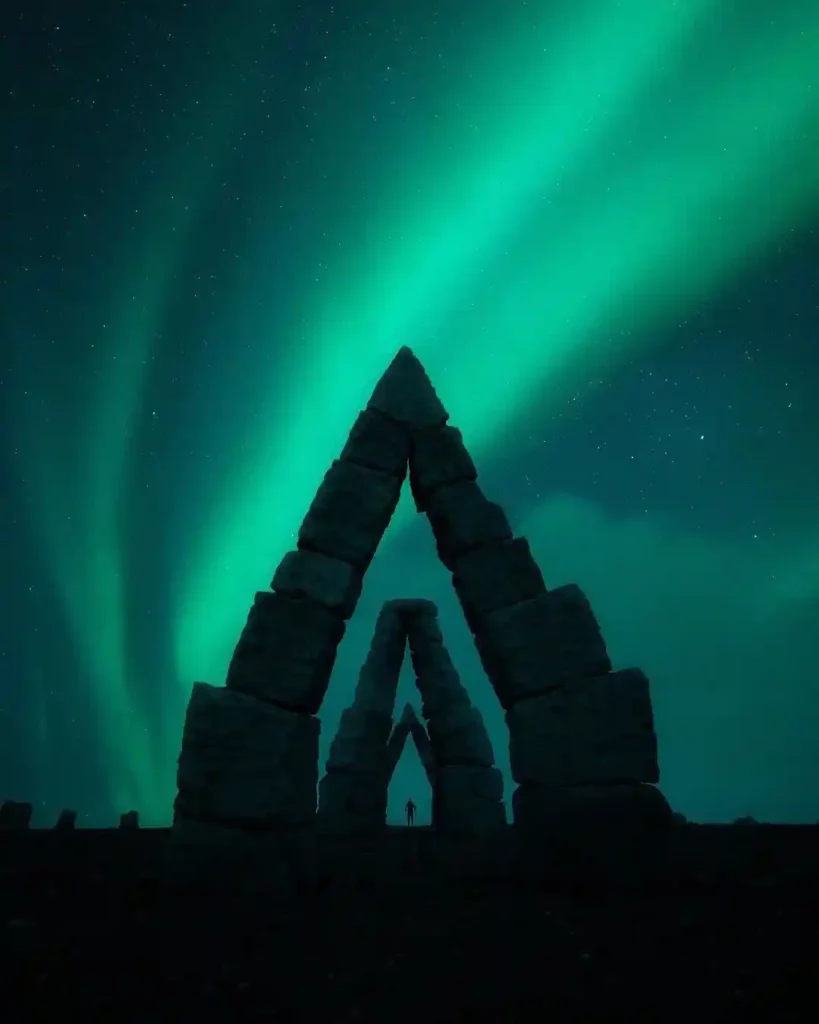
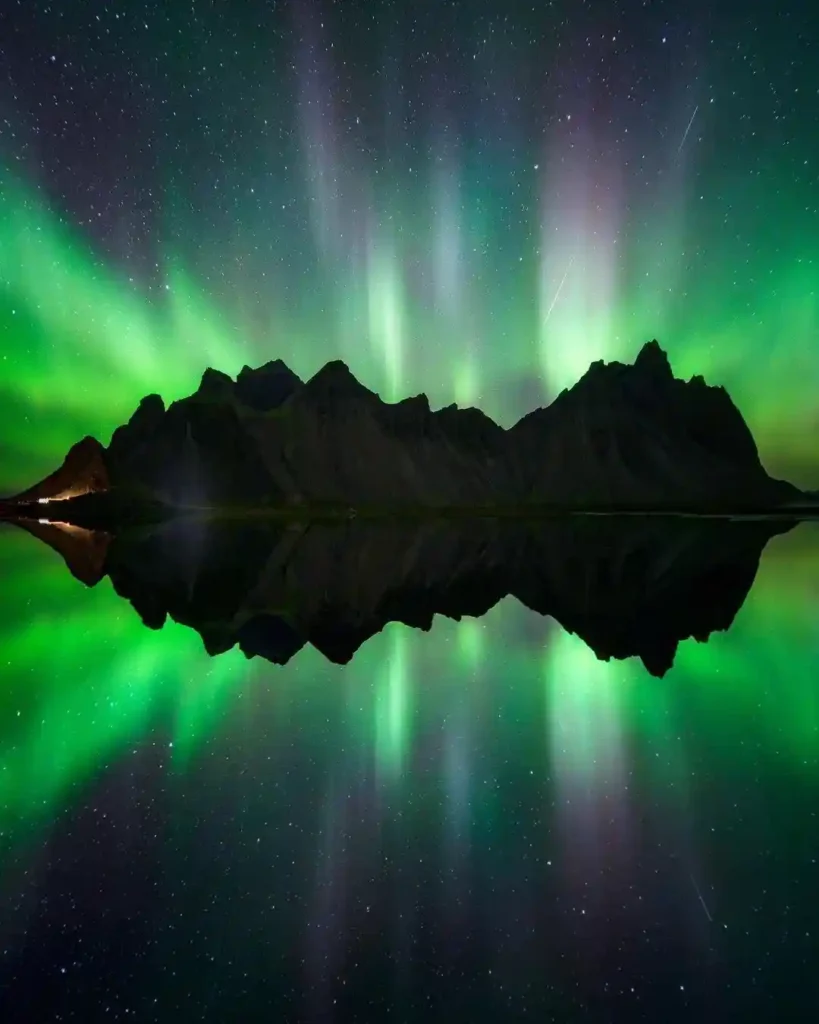








1 comment